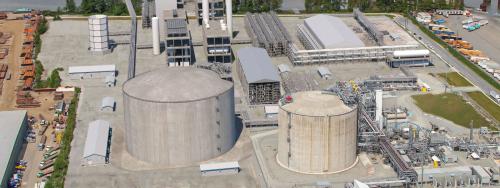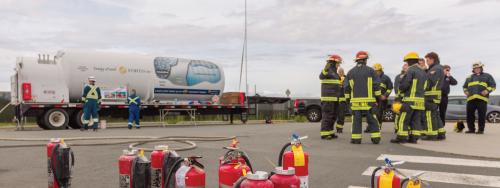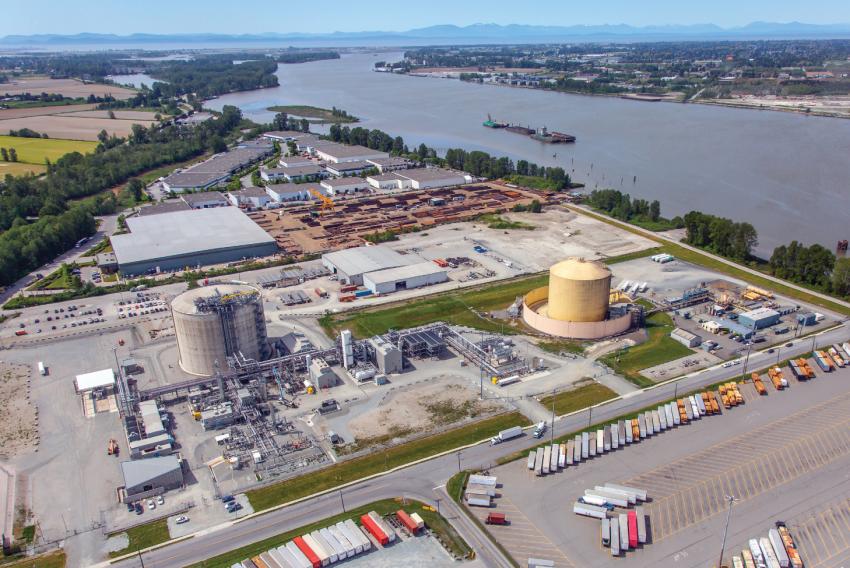
Since its commissioning in 1971, the Tilbury LNG storage facility has been safely liquefying, storing and providing gas for when our customers need it the most. As winter weather becomes more unpredictable and the population of the province grows, the proposed Tilbury Phase 2 LNG Expansion project will be imperative to enhance the resilience of our gas system. It will ensure that even during peak demand, homes and businesses receive the gas they need without compromising security and affordability.
Strategic rate management: balancing demand, market prices and infrastructure
Let’s remember, it’s not only the amount of gas that you use to heat your home and cook your food that affects your bill. The market price of gas plays a part. We don’t mark up the price of gas to our customers. You pay exactly what we pay.
Our gas supply strategies are rooted in a comprehensive analysis of many factors, including:
- demand in the region for gas
- the generation of electricity from gas
- what resources are available to contract from the commercial marketplace
- supporting and developing new resources as they’re needed
- maintaining flexibility to adapt to changes over time
By forecasting and adjusting gas costs every quarter, we provide a level of protection against unforeseen gas price increases.
Shawn Hill, FortisBC’s director of energy supply, elaborates, “We create five-year plans that we file with the BC Utilities Commission. This plan details our forecasted customer demand and what supply resources we need to put in place over time to meet that demand under various weather outcomes. This requires us to have different resources and flexibility given the ever-changing market conditions. It all comes down to securing infrastructure and how we acquire the energy. This is also where our LNG storage facilities come in.”
Storage efficiency: a strategic buffer against market dynamics
By strategically purchasing gas during the low-demand summer months, we help mitigate the impact of winter rate spikes. This approach involves liquefying and storing gas in our LNG storage facilities, including the Tilbury LNG facility. The storage ensures a cost-effective supply during the colder months when demand peaks, shielding our customers from the brunt of seasonal price fluctuations seen in the Pacific Northwest.
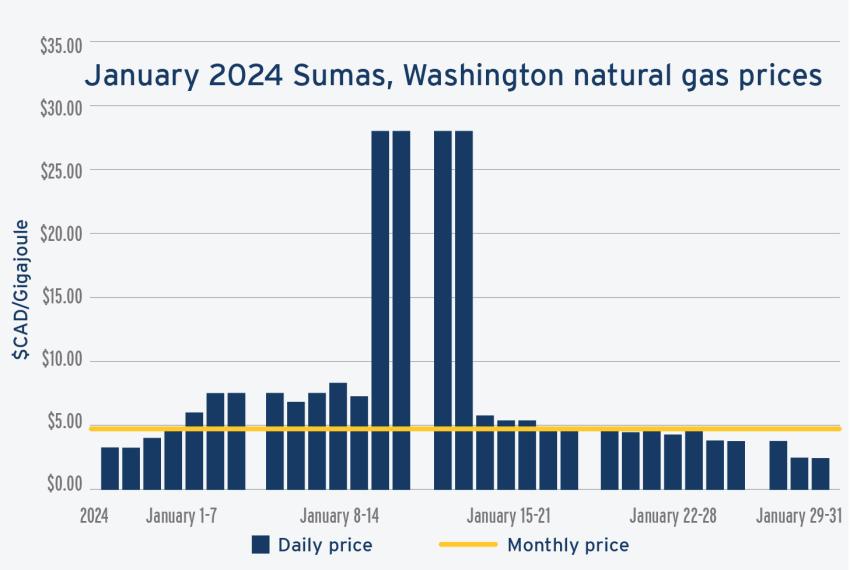
This past January, while demand for gas increased, the market price of gas inflated to $28 a gigajoule—a price that could have been reflected in customers’ gas bills if not for our forecasting, having a mix of resources in place and our LNG storage facilities.
Customers are insulated from the volatility of the natural gas marketplace. It's like buying a fixed price mortgage versus variable. They're winning big time under these current market conditions.
The vital role of Tilbury LNG storage: a pillar of resilience
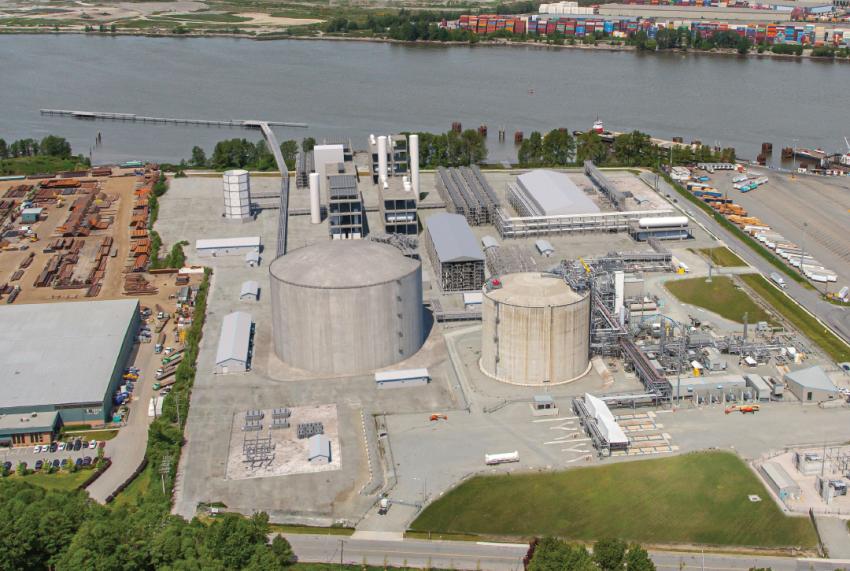
The Tilbury Phase 2 LNG Expansion Project includes the construction of a storage tank that will hold a volume of 142,400 cubic metres (~3.5 petajoules) of LNG. This will help ensure that our current 700,000, and growing, Lower Mainland customers will have a continued reliable source of energy throughout the winter months, when demand spikes.
“In my opinion, Tilbury is priceless, it’s an unmatched piece of infrastructure when it comes to energy supply and demand for our customers. We’re in absolute need of this facility and the expansion to keep up with growing demand, and our current energy shortage on the West Coast of North America,” Shawn concludes.
In essence, FortisBC’s Tilbury Expansion is not just an infrastructure upgrade; it's part of a strategy to ensure that our customers experience uninterrupted service with reasonable rates. As we navigate the complexities of the energy landscape, your peace of mind remains our utmost priority.
Learn more about the Tilbury Phase 2 LNG Expansion Project and how it plays a key role in energy reliability.

